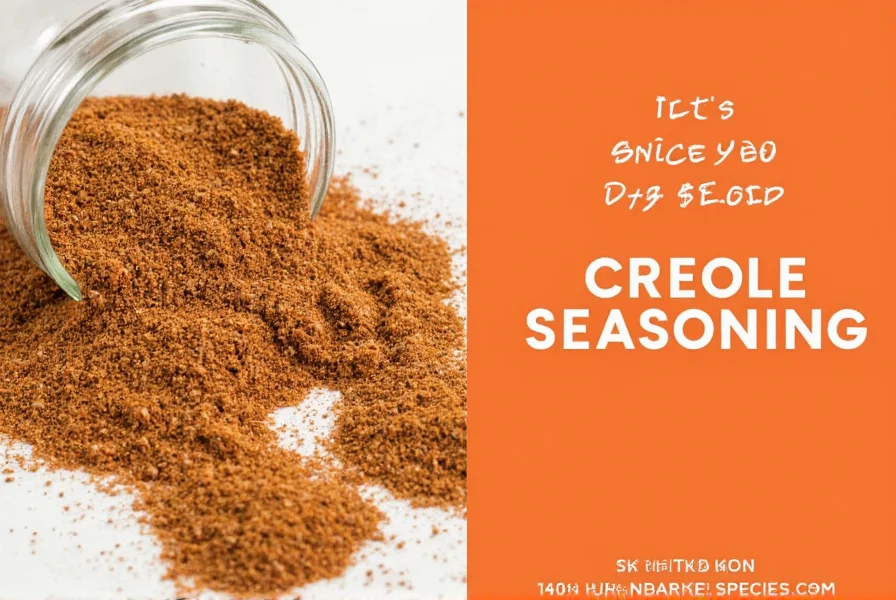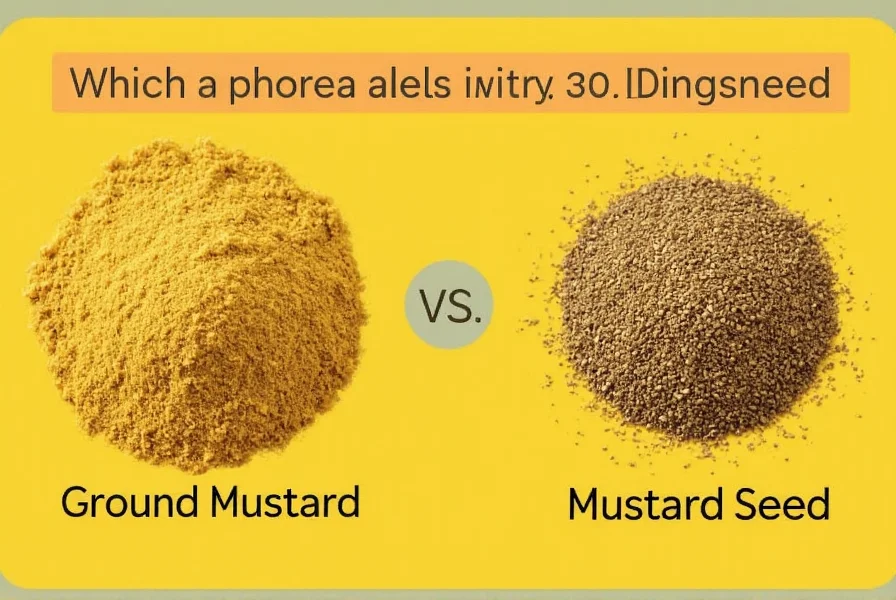If you've ever stood in a grocery aisle squinting at the spice rack, wondering if Creole seasoning and Cajun seasoning are actually different or just fancy marketing jargon, you're not alone. The truth? These two iconic Southern spice blends might look similar on the shelf, but they pack distinct personalities that can transform your dish from ordinary to extraordinary.
- What Is Cajun Seasoning?
- What Is Creole Seasoning?
- Key Differences Between Creole and Cajun
- When to Use Which: Practical Cooking Tips
- Top 5 Creole & Cajun Blends You Should Try
- Buying Guide: How to Choose Your Blend
- Frequently Asked Questions
- Spice Up Your Kitchen with Confidence
What Is Cajun Seasoning?
Cajun seasoning hails from Louisiana, but more specifically from the rustic, rural traditions of the Acadian people—French settlers who were exiled from Canada and eventually made their home in southern Louisiana. This bold and punchy spice blend is all about heat and earthiness.
Typical ingredients:
- Paprika (for color and mild sweetness)
- Cayenne pepper (the fiery backbone)
- Garlic powder
- Onion powder
- Black pepper
- Thyme
- Oregano
Cajun cuisine was born out of necessity. With limited access to fresh herbs, cooks relied heavily on dried spices to create rich, robust flavors. As a result, Cajun seasoning leans toward the hotter side, often packing a punch with generous amounts of cayenne.
What Is Creole Seasoning?
Creole seasoning also calls Louisiana home, but it comes from a more urban background—New Orleans, to be exact. Influenced by French, Spanish, African, and Caribbean culinary traditions, Creole seasoning is a bit more refined, with an emphasis on aromatic complexity rather than raw heat.
Common ingredients include:
- Garlic powder
- Onion powder
- Paprika
- Bell pepper
- Oregano
- Thyme
- Salt and pepper
Unlike its wild cousin Cajun, Creole seasoning usually contains less cayenne and more herbs. It aims for balance and depth, highlighting the interplay between sweet peppers, savory notes, and bright herbs. It's perfect for those who love flavor layers without too much fire.
Key Differences Between Creole and Cajun
So, what's the real difference between Creole and Cajun seasonings? Let's break it down visually and practically:
| Characteristic | Creole Seasoning | Cajun Seasoning |
|---|---|---|
| Origin | New Orleans, Urban Roots | Rural Louisiana, Acadian Influence |
| Flavor Profile | Herb-forward, Aromatic, Balanced | Earthy, Spicy, Bold |
| Heat Level | Mild to Medium | Medium to Hot |
| Key Ingredients | Garlic, Onion, Bell Pepper, Oregano | Paprika, Cayenne, Garlic, Thyme |
| Common Uses | Gumbos, Jambalaya, Seafood Dishes | Grilled Meats, Jambalaya, Blackened Fish |

When to Use Which: Practical Cooking Tips
Knowing when to use each seasoning can elevate your cooking game. Here are some tried-and-true tips:
- Use Creole seasoning when you want a balanced, aromatic profile—especially for seafood dishes like shrimp étouffée or crab boil.
- Reach for Cajun seasoning when grilling meats, blackening fish, or adding a spicy kick to gumbo or jambalaya.
- Swap smartly: If you don't have one, you can substitute—but adjust the heat! Add cayenne to make Cajun from Creole, or remove some heat and add bell pepper if going the other way.

Top 5 Creole & Cajun Blends You Should Try
Here's a list of top-rated spice blends that bring authenticity and convenience to your kitchen:
- Tony Chachere's Original Creole Seasoning
Features: Low sodium, no MSG, herb-rich blend.
Best For: Classic New Orleans flavor lovers.
Occasion: Weeknight dinners, seafood boils. - Zatarain's Cajun Seasoning
Features: Zesty, moderately spicy, family-friendly.
Best For: Grilled chicken, rice dishes.
Occasion: Family meals, potlucks. - Bush's Smoked Cajun Seasoning
Features: Contains smoked paprika for a deep, campfire taste.
Best For: Barbecue lovers, grilled vegetables.
Occasion: Outdoor cookouts, camping trips. - The Spice Hunter Organic Creole Seasoning
Features: USDA Organic certified, clean ingredient list.
Best For: Health-conscious cooks.
Occasion: Meal prepping, organic cooking. - Slap Ya Mama Cajun Seasoning
Features: Bold and spicy, traditional recipe.
Best For: Heat seekers and serious foodies.
Occasion: Game nights, spicy challenge recipes.

Buying Guide: How to Choose Your Blend
Shopping for the right Creole or Cajun seasoning can be overwhelming with so many options. Use this guide to pick the best one for your needs:
1. Know Your Heat Tolerance
If you prefer mild flavors, go for a Creole mix or a mild Cajun version. If you crave heat, opt for blends labeled "Hot" or "Extra Hot."
2. Check the Ingredient List
Avoid additives like anti-caking agents or unnecessary fillers. Look for blends with recognizable whole spices.
3. Consider Dietary Restrictions
Are you low sodium, vegan, or gluten-free? Some brands offer specialized versions to accommodate dietary needs.
4. Match It to Your Cuisine
Cajun works great with hearty meats and smoky veggies, while Creole complements seafood, soups, and lighter fare.
5. Think About Brand Reputation
Stick with trusted names like Tony Chachere's, Zatarain's, or Slap Ya Mama unless you're adventurous and willing to experiment with lesser-known brands.

Frequently Asked Questions
What's the main difference between Creole and Cajun seasoning?
The main difference lies in their flavor profiles and origins. Cajun seasoning comes from rural Louisiana and has a bolder, spicier profile with more cayenne pepper. Creole seasoning originates from New Orleans and has a more balanced, herb-forward flavor with bell pepper as a key ingredient. While both share common elements like garlic, onion, and paprika, Cajun leans toward heat while Creole emphasizes aromatic complexity.
Can I substitute Creole seasoning for Cajun seasoning (or vice versa)?
Yes, you can substitute one for the other with some adjustments. To make Creole seasoning more like Cajun, add extra cayenne pepper and perhaps a bit more paprika. To transform Cajun seasoning into something closer to Creole, reduce the heat by omitting some cayenne and add bell pepper powder for that characteristic Creole flavor. The substitution ratio depends on your heat tolerance, but a good starting point is adding ¼ teaspoon cayenne per tablespoon of Creole to make it Cajun-style.
Which is spicier: Creole or Cajun seasoning?
Cajun seasoning is typically spicier than Creole seasoning. This is because Cajun blends contain more cayenne pepper, giving them a bolder, hotter profile. Creole seasoning generally has milder heat with more emphasis on herbs and sweet bell pepper. However, spice levels can vary by brand—some companies offer "mild" or "hot" versions of both blends, so always check the label if you have specific heat preferences.
Why are they called Creole and Cajun?
The names reflect their cultural origins. "Cajun" comes from "Acadian," referring to French settlers exiled from Canada (Acadia) who settled in rural Louisiana. "Creole" refers to people born in the New World (specifically New Orleans) of European (primarily French and Spanish) descent, often with African and Caribbean influences. These cultural distinctions translated into different culinary traditions—the rustic, hearty cooking of rural Cajuns versus the more refined, cosmopolitan cuisine of New Orleans Creoles.
Do authentic Creole and Cajun dishes use these seasoning blends?
Traditional home cooking in both cultures typically involves making seasoning blends from scratch rather than using pre-mixed commercial versions. However, modern cooks (both professional and home) commonly use these standardized blends for convenience. Authentic recipes would call for individual spices, but the commercial blends aim to capture the essence of those traditional flavor profiles. Some Louisiana cooks prefer to make their own blends to control ingredients and heat levels.
Can I make my own Creole or Cajun seasoning at home?
Absolutely! Making your own allows you to customize the heat level and ingredients. For Cajun: mix 2 tbsp paprika, 1 tbsp garlic powder, 1 tbsp onion powder, 1 tbsp dried oregano, 1 tbsp dried thyme, 1 tbsp black pepper, and 1-2 tsp cayenne (adjust to taste). For Creole: use 2 tbsp paprika, 1 tbsp garlic powder, 1 tbsp onion powder, 1 tbsp dried oregano, 1 tbsp dried thyme, 1 tbsp bell pepper powder, and ½-1 tsp cayenne. Store in an airtight container for up to 6 months.
Spice Up Your Kitchen with Confidence
Now that you know the difference between Creole and Cajun seasonings, you're ready to spice up your next meal like a pro. Whether you're marinating meat, boiling crawfish, or whipping up a weekend brunch, choosing the right blend makes all the difference.
Remember: Creole is your go-to for layered, aromatic dishes, while Cajun delivers boldness and spice that hits hard and lingers. So stock both blends in your pantry and get creative—you never know when a little Louisiana magic will strike!

At the end of the day, whether you choose Creole or Cajun depends on your mood, your dish, and how much heat you can handle. Don't be afraid to mix and match, tweak ratios, or even make your own blend from scratch. After all, the beauty of these seasonings lies in their versatility and history—each pinch carries centuries of culture and flavor.











 浙公网安备
33010002000092号
浙公网安备
33010002000092号 浙B2-20120091-4
浙B2-20120091-4